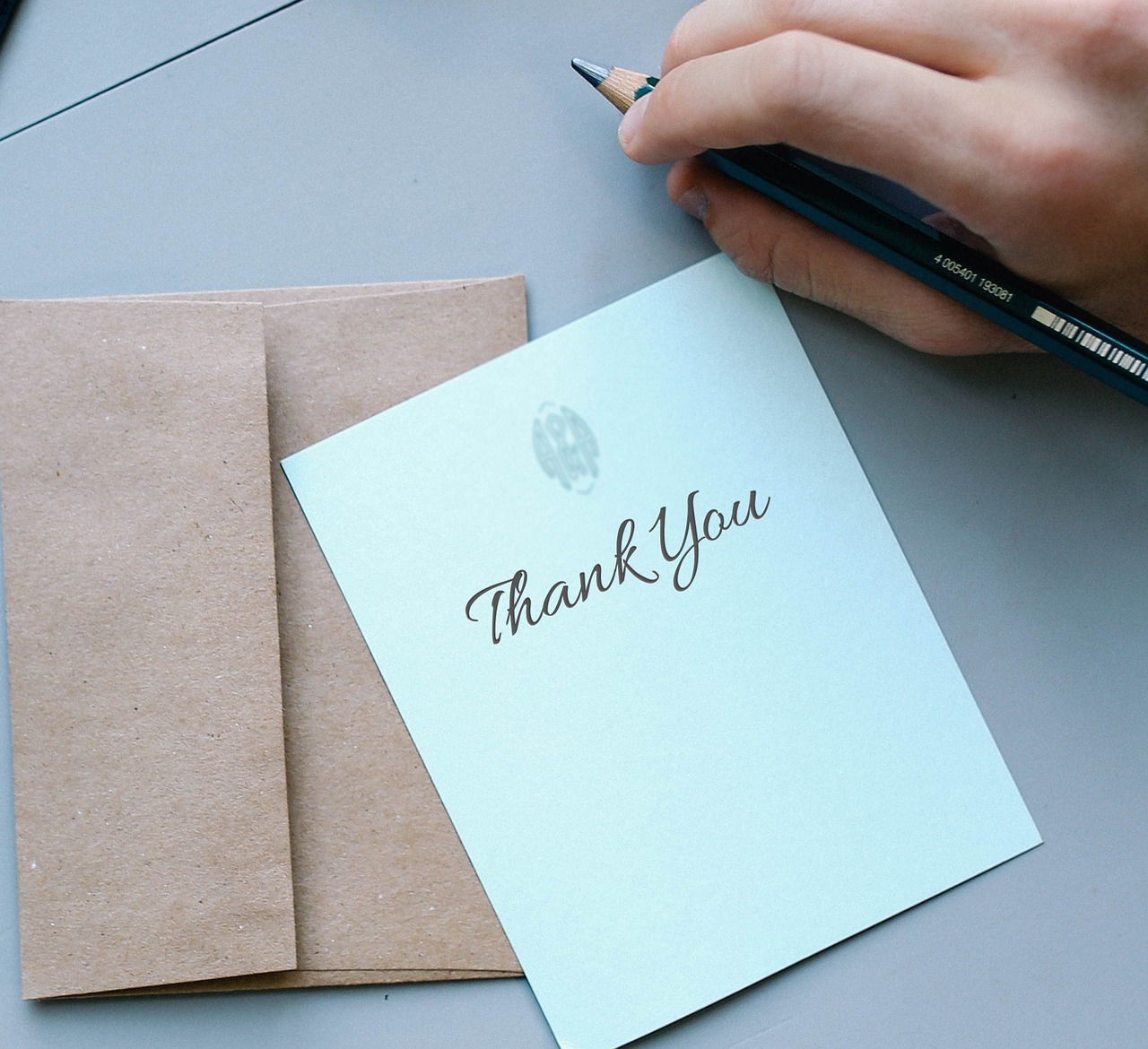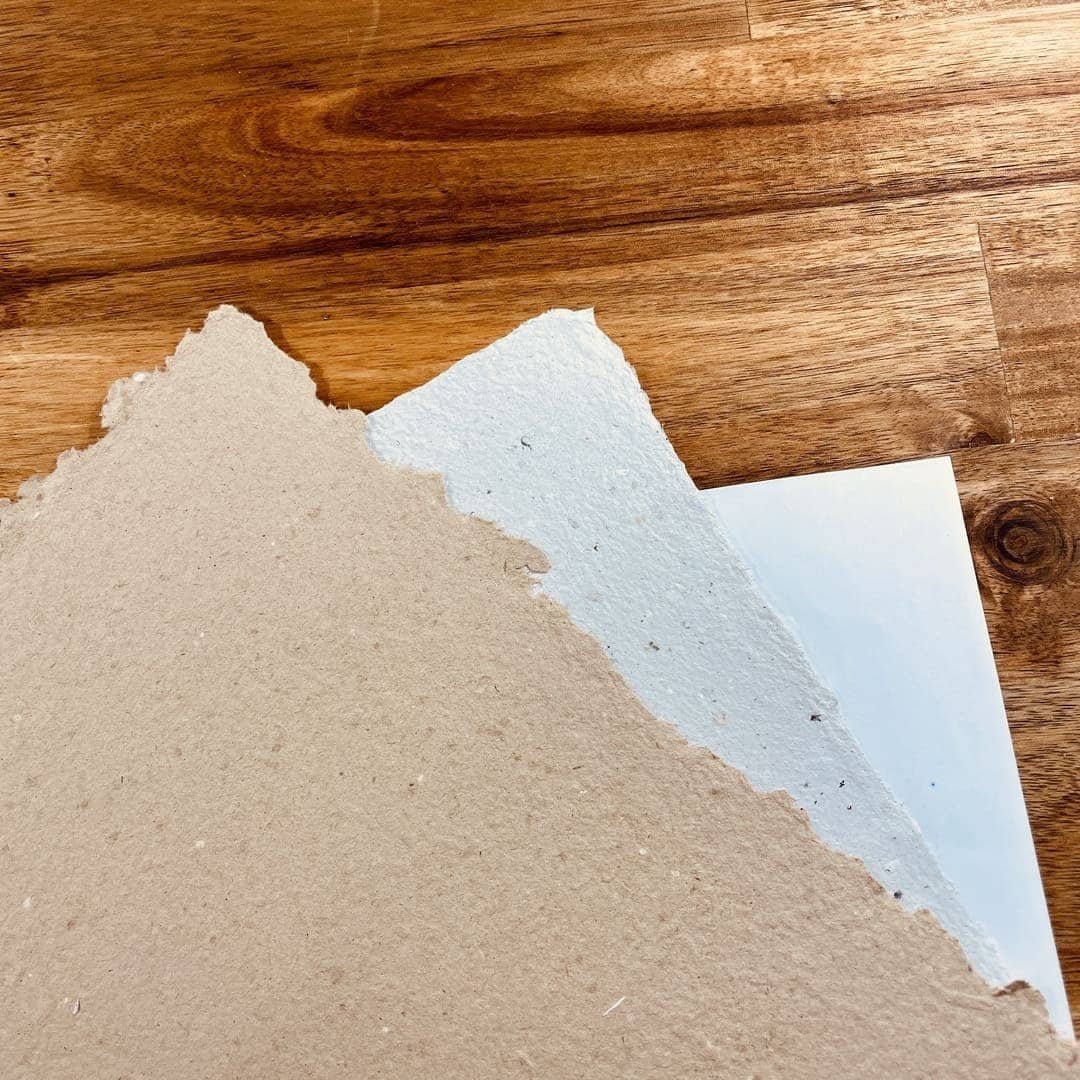Letter paper made from planting paper is much more than just an ecological innovation. It's a real revolution in the world of correspondence. Why use traditional paper when you can send letters that, once read, turn into plants? This article explores the different facets of this incredible and controversial transformation of stationery. Let's delve into the world of plantable stationery.
Letter paper: a threat to the traditional industry

The traditional stationery industry is in peril. Plantable stationery is threatening to turn a centuries-old industry on its head. Let's see how this innovation threatens the very foundations of the industry.
The end of an era
Times are changing, and with them consumer expectations. Gone are the days when we had to make do with smooth, white paper for our correspondence. Planter stationery redefines what it means to write a letter. No more wasting natural resources to produce tonnes of disposable paper. From now on, every letter written contributes to the greening of our planet.
An ecological choice
The ecological argument for plantable stationery is undeniable. At a time when the world's resources are dwindling, continuing to use traditional paper seems an aberration. Planting paper, on the other hand, offers a sustainable alternative. Made from recycled fibres and seeds, it decomposes naturally and gives birth to plants. This innovation is forcing the industry to reconsider its methods.
An impact on the local economy
Traditional paper producers could see their margins shrink as plantable stationery gains in popularity. Consumers, increasingly aware of the environmental impact of their choices, are turning to more sustainable products. Traditional paper mills need to adapt or risk disappearing in the face of this green surge.
Resistance to change
Despite the obvious advantages of plant-based stationery, the traditional stationery industry is not giving up. It emphasises the superior quality and durability of traditional paper, arguments that are losing their force as consumers wake up to the ecological reality. Advertising campaigns and lobbying efforts aim to slow down the transition, but the winds of change are blowing hard.
In conclusion, the emergence of plantable stationery poses a real threat to the traditional industry. This change, although controversial, seems inevitable at a time when ecological awareness is gaining ground.
Why is planting paper stationery essential?

In this section, we'll explore why planting stationery is not just a passing fad, but an imperative necessity for the future.
Reducing waste
One of the major criticisms of traditional paper is its disastrous environmental impact. Millions of tonnes of paper are thrown away every year. Plantable paper stationery offers an elegant solution: instead of ending up in landfill, it is transformed into plants. This approach significantly reduces waste and supports a more sustainable life cycle for paper products.
Raising ecological awareness
Sending a letter on planting paper also sends a strong message about the importance of sustainability. Each letter becomes a symbol of ecological commitment, encouraging recipients to think about their own impact on the environment. This cascading effect can influence behaviour on a large scale.
An enhanced user experience
Plantable stationery is not just environmentally friendly; it also offers a unique experience. Just knowing that the letter can become a plant adds an emotional dimension to the correspondence. It's an experience that engages not only the recipient, but also the sender, in a shared commitment to the planet.
An economical alternative
Contrary to what you might think, plantable stationery can also be a cost-effective solution. In the long term, producing paper from recycled fibres and seeds could prove less expensive than producing traditional paper, which requires intensive resources. The savings in environmental and waste management costs should not be overlooked.
Innovation and creativity
Planting paper stationery is also fertile ground for innovation and creativity. Designers can experiment with different textures, colours and types of seeds, offering varied and unique products. This constant innovation not only stimulates the market, but also meets the expectations of an increasingly demanding and aware public.
In short, plantable stationery is much more than an ecological alternative. It's a necessity for those who want to reduce their environmental impact, raise awareness of ecology, and enjoy an enriched user experience. It represents a real step forward in the world of correspondence and stationery.
The challenges and controversies of printing on plant-based paper

The adoption of plantable stationery is not without its challenges. Let's look at the main controversies and obstacles surrounding this innovation.
Print quality
One of the major challenges of planting stationery is print quality. Recycled fibres and seeds can make the surface of the paper irregular, making it difficult to print cleanly and accurately. Printers have to adapt to these new textures and develop specific techniques to guarantee optimum quality. This adaptation can lead to additional costs and longer production times.
The durability of inks
Another controversial point is the use of inks. For planter stationery to be truly eco-friendly, the inks used must be biodegradable and non-toxic. However, not all eco-friendly inks are compatible with traditional printing processes. Finding the right balance between sustainability and print quality is a constant challenge.
The initial cost
Although plantable stationery can represent a long-term saving, the initial cost remains an obstacle for many companies. The production of this type of paper is often more expensive due to the specific materials and innovative manufacturing processes involved. These costs can deter some companies from adopting this environmentally-friendly alternative, despite its long-term benefits.
Public perception
Despite its many advantages, plantable stationery can be perceived as a mere curiosity by the general public. Convincing consumers of the added value of this product requires communication and awareness-raising efforts. It is crucial to emphasise not only the ecological benefits, but also the personal advantages, such as the unique experience of seeing a letter transformed into a plant.
Distribution logistics
Distributing stationery as planting paper also poses logistical challenges. Storage and transport conditions must be carefully controlled to avoid damaging the seeds. In addition, making retailers and distributors aware of these specific requirements is essential to ensure that the product remains viable until it reaches the end consumer.
Regulations and certification
Finally, compliance with environmental regulations and obtaining ecological certifications are crucial aspects. Producers of planter stationery must ensure that their products meet current standards and obtain the necessary certifications to reassure consumers of their ecological commitment. This can be a long and costly process, but it is essential if this innovation is to gain credibility in the marketplace.
In summary, although plantable stationery has undeniable advantages, it is not without its challenges and controversies. Industry players need to work together to overcome these obstacles and promote wider adoption of this environmentally-friendly solution.
Plantable stationery represents a major innovation in stationery and correspondence. By combining sustainability, ecological commitment and an enriched user experience, it redefines the way we interact with paper. However, its adoption is not without its challenges. Print quality, initial costs, public perception and logistical requirements are all obstacles to overcome. Despite this, the long-term benefits for the environment and for consumers are considerable.
By encouraging the use of plantable stationery, we are helping to reduce waste, raise awareness of the importance of sustainability and offer a cost-effective and creative alternative to traditional stationery. Businesses and individuals must be prepared to invest in this innovation, not only for the immediate benefits it offers, but also for its potential to transform our relationship with paper and the environment.
Ultimately, the future of plantable stationery depends on our collective ability to overcome challenges and embrace change. By embracing this innovation with boldness and determination, we are paving the way for a future where written correspondence co-exists harmoniously with the preservation of our planet. Plantable stationery is not just one option among many, but a symbol of our commitment to a sustainable and prosperous future for generations to come. So why not join this green revolution in correspondence and write the next chapter of our history on plantable paper?

